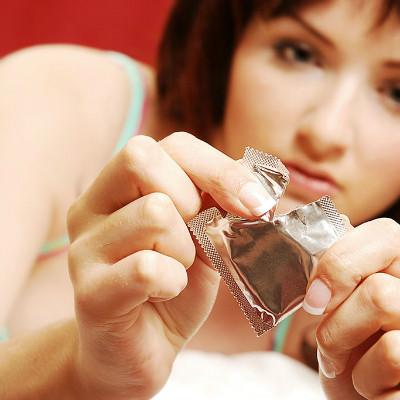Symptoms of condyloma acuminatum
summary
It is a kind of transmission disease caused by human papillomavirus infection, which often occurs in vulva and anus; It was mainly caused by HPV6 and HPV11. Because some HPV subtypes are related to the occurrence of genital cancer, such as cervical cancer, it needs to be paid more attention.
Symptoms of condyloma acuminatum
The initial lesions were small and soft reddish papules with large needle caps or rice grains, gradually increasing in number and becoming papilloma like, vegetable like, cockscomb like or mushroom like vegetations with uneven surface and soft texture. If not treated in time, the wart body will gradually increase, some become large cauliflower like, basal pedicel; Some of them fuse with each other and become massive, light gray, papilloma like on the surface, with erosion, ulcer, secretion, and malodor due to secondary infection. Patients generally have no conscious symptoms.

Cervical oral epithelium is the transitional part from vaginal stratified squamous epithelium to cervical columnar epithelium. Although it is not a common site, once infected by HPV16 and HPV18, the epithelial cells are prone to atypical hyperplasia and even invasive cancer. Subclinical infection is common in cervical epithelial infection. Gauze soaked in 3% - 5% acetic acid solution is applied locally, and colposcopy is more obvious.

Perianal skin folds, and walking more friction, so once it occurs, it often occurs. Most of the papules appear at the beginning, and then the warts grow in vegetative shape, which can be large pedicled cauliflower like, and more flat plaque with small nipples on the surface. Due to secondary infection, secretions often have a bad smell. In some cases, the lesions may appear in the anal mucosa.

matters needing attention
Occasionally, it can occur in the oral cavity and throat mucosa epithelium, showing small, flush, soft, papillary verrucous vegetations on the surface. Giant type refers to the huge shape, can be fist size, the surface was papilloma, due to secondary infection, secretion often has bad smell.
















